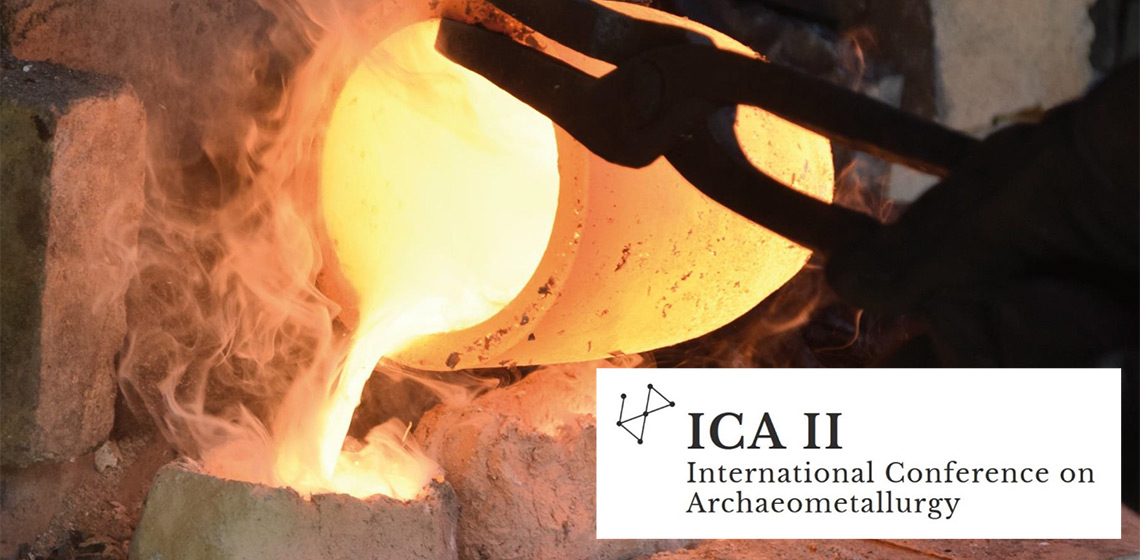
The ICAII International Conference on Archaeometallurgy was held 25 September to 1 October 2019 at the Sorbonne University, Paris-Saclay University, and at Melle dans le Poitou where experiments were conducted. Papers were delivered in French and English and primarily focused on the metallurgy of the Bronze Age and New Kingdom periods in Egypt and the Middle East, using evidence from excavated materials and depictions of metalworking in art.
The first day of the conference was held at the Sorbonne University with sessions that discussed experimental archaeology and evidence from Middle Kingdom workshops excavated in Egypt the and in Sudan. The second day of the conference was held at Paris-Saclay University. The day was more varied with sessions that included archaeometallurgy, and experimental archaeology, and use of technology such as 3D scanning and X-ray tomography. The papers presented included those that discussed the use of experimental archaeology for diverse subjects such as the exploration of cupellation, a technique for refining silver from galena ore, the replication of objects in precious metals, the use of photogrammetry in experimental archaeology, as well as experimental approaches to studying agricultural practices. The final day continued at Paris-Saclay University and included ceramics to the sessions on archaeometallurgy, with a focus on experimental archaeology. Of interest were the unique crucibles from the New Kingdom period in Egypt that were used for smelting and refining metals. The papers described experiments that were conducted both in the lab and the field, using replicas of crucibles from excavations. These experiments compared and assessed the condition and utility of the experimental crucibles to the originals, as well as assessing different recipes used for clay bodies. In addition points were made about how they were used based on wall paintings and carvings where smiths are shown using blowpipes to heat rows of crucibles that were placed on top of beds of charcoal.
For the final days of the conference, the participants adjourned to Melle dans le Poitou to continue experiments. Melle dans le Poitou is known as a region where galena was mined during the Early Medieval Period and the silver refined from that ore was used for coins. The area also hosts a platform for experimental archaeology where participants are able to conduct their experiments. The space in Melle was made available three weeks before the conference, so that preliminary work could be prepared before the conference began and thus ready for final work on the last days of the conference. It was here that further experiments were conducted using the replicas of the New Kingdom crucibles in the use of refining copper, and using furnaces based on archaeological excavations and depictions in art that survives from the period.
The conference highlighted the importance of the relationship between experimental archaeology and archaeological research, and how well-researched experimental programmes can inform the archaeological interpretations of activities at workshop sites. The conference also aims to inspire others to explore how experimental archaeology can inform their own research.
The conference was organized by Museum of Art and History, Brussels – section of Egyptian Antiquities (BE), Laboratoire Archéomatériaux et Prévision de l'Altération (FR), Sorbonne Université Lettres - CNRS Orient & Méditerranée (FR), Université MSH Paris-Saclay (FR), KU Leuven - Department of Earth and Environmental Sciences (BE), Institut für Ägyptologie und Koptologie Westfälische Wilhelms-Universität Münster (DE), Mines d’argent des Rois Francs de Melle (FR), and EXARC.
A publication of the proceedings is planned. For more information about publications and for the individual abstracts from the conference, please see the conference’s website.